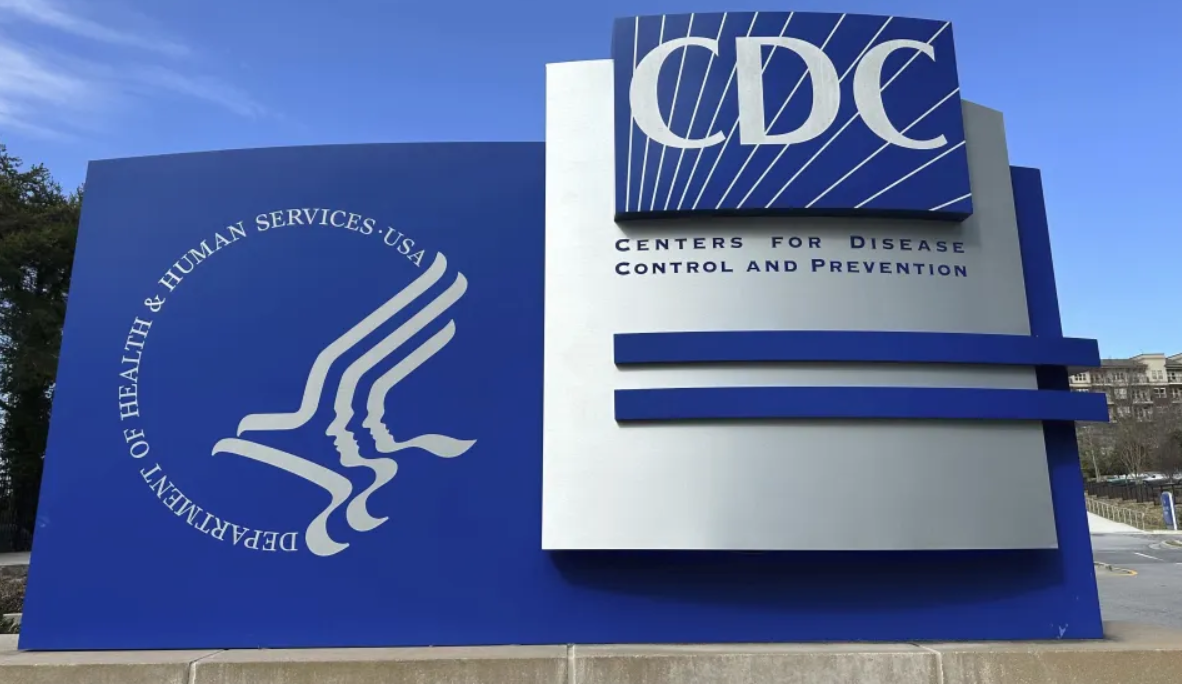The U.S. Food and Drug Administration (FDA) approved a new type of pain reliever on Thursday, marking the first new class of pain medication to be authorized in over 20 years. The drug, called suzetrigine, comes in a 50-milligram prescription pill, which is taken every 12 hours after an initial larger dose. It will be marketed under the brand name Journavx.
Dr. Jacqueline Corrigan-Curay, acting director of the FDA’s Center for Drug Evaluation and Research, explained in a statement that this new non-opioid pain reliever provides an option to reduce the risks associated with opioid use and offers patients an alternative treatment for acute pain. She also emphasized that the FDA’s expedited development and review process reflects the agency’s dedication to approving safe and effective alternatives to opioids for pain management.
Government surveys indicate that painkillers, or analgesics, are the most commonly prescribed medications in hospitals. Each year, around 80 million Americans receive prescriptions for medications to manage moderate to severe pain. Of these prescriptions, about half are for opioids, which can lead to dependence and addiction, according to a study by Vertex Pharmaceuticals, the company behind the new drug.
Suzetrigine is the first new painkiller to be approved in the U.S. since Celebrex, a Cox-2 inhibitor, was approved in 1998.
Dr. Sergio Bergese, an anesthesiologist at Stony Brook University’s Renaissance School of Medicine, explains that pain involves multiple parts of the body. Nerve cells carry electrical signals from the site of injury to the brain, where the sensation is interpreted as pain. Unlike opioids, which suppress pain signals in the brain, suzetrigine prevents pain-signaling nerves from firing in the first place.
“This drug interrupts that path, so even though the injury exists, the brain doesn’t perceive it,” said Dr. Bergese.
Importantly, suzetrigine does not produce the euphoria or high that opioids sometimes can, making it less likely to lead to addiction or dependence. The medication was developed after researchers studied a family of fire walkers in Pakistan who were found to lack a gene that allows pain signals to fire in their skin. These family members could walk over hot coals without feeling pain.
“They knew they were walking on something hot and could feel the coals, but the sensation of pain wasn’t affecting them,” explained Stuart Arbuckle, chief operating officer of Vertex Pharmaceuticals. “It doesn’t affect the nerves responsible for heat and touch, just the ones that carry pain signals.” The family of fire walkers who inspired the drug were otherwise normal in every way.
However, it took scientists 25 years to figure out how to harness the mechanism that blocks pain signals for a new medication. Dr. Stephen Waxman, director of the Center for Neuroscience and Regeneration Research at Yale School of Medicine, explained that neurons communicate through nerve impulses, similar to Morse code. These impulses are created by tiny molecular batteries, called sodium channels, in the membranes of neurons.
Suzetrigine works by blocking one specific sodium channel that only conducts pain signals. Finding a drug that could target this particular sodium channel took years of trial and error, but with the approval of suzetrigine, Waxman believes more effective drugs could be developed in the future.
“It’s a significant step forward because it proves that a sodium-channel blocker can reduce pain in humans,” Waxman said. “This could open the door to second-generation drugs that are even more effective.”
Suzetrigine is taken as a pill in two dosages: an initial 100 milligrams followed by 50 milligrams every 12 hours. However, doctors caution that it may not be suitable for everyone or for all types of pain.
In two clinical trials involving nearly 600 participants, suzetrigine proved to be more effective at controlling pain after abdominal and foot surgeries compared to a placebo pill. Participants who took suzetrigine reported a pain reduction of at least 50%, similar to those who took Vicodin, a combination of acetaminophen and the opioid hydrocodone. However, the studies were not designed to directly compare suzetrigine with Vicodin, making it difficult to determine which one worked better.
On a pain scale from 0 to 10, participants started with an average pain score of around seven, and suzetrigine reduced their pain by about 3.5 points. “It’s not about eliminating all pain,” said Stuart Arbuckle of Vertex Pharmaceuticals. “It’s about reducing pain by approximately 50%.”
In a third study involving people with sciatica-related back pain, suzetrigine reduced pain by about 2 points, similar to the effect of a placebo. This suggests that the drug may not be as effective for chronic pain. However, Vertex Pharmaceuticals disagrees, claiming that suzetrigine has shown positive results in other chronic pain conditions and is still being tested in patients with diabetic neuropathy, a condition where high blood sugar damages nerves, causing symptoms like numbness, tingling, and muscle weakness.
The sciatica study was smaller, with only around 100 participants in both the suzetrigine and placebo groups, so the sample size may have been too small to clearly distinguish the effects. Additionally, placebos often produce significant effects in pain studies, complicating the interpretation of the results.
“In our view, the drug performed as expected in terms of pain relief,” said Stuart Arbuckle. “However, as is common in pain studies, there was a significant placebo effect.”
Doctors involved in pain management expressed enthusiasm about having a new treatment option.
“The more options available, the better we can tailor treatments to individual patients,” said Dr. Kimberley Mauer, an anesthesiologist at Oregon Health and Science University.
Dr. Mauer pointed out that the cost of the drug could play a significant role in its use. Vertex Pharmaceuticals has set the wholesale price at $15.50 per 50-mg pill, but patient assistance programs will be available.
Mauer also noted that the decision on insurance coverage would influence how accessible the drug is for patients. “This could limit access for some patients, so we’ll have to wait and see how insurance companies respond once it’s available on the market,” she explained.














